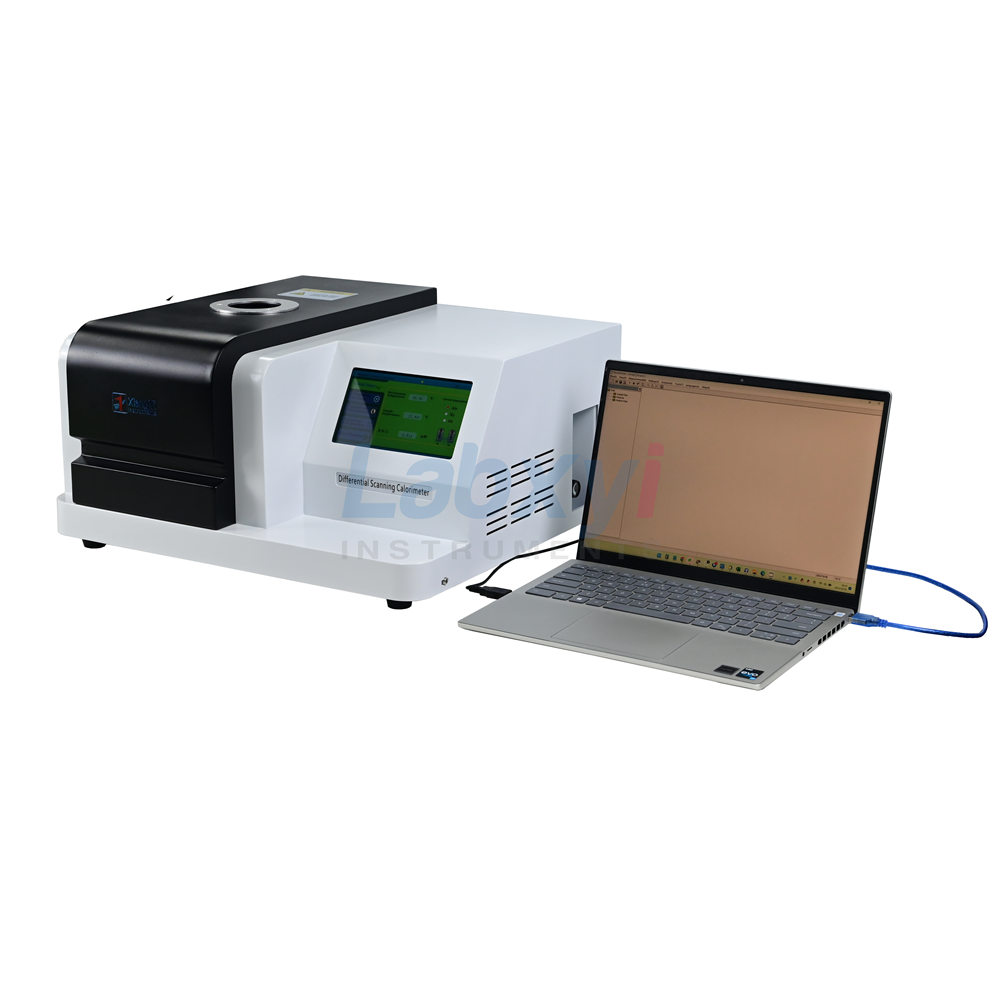What is the glass transition temperature? The glass transition temperature (Tg) is an important characteristic parameter of polymers. The glass transition temperature (Tg) refers to the temperature corresponding to the transition from the glass state to the elastic state. The glass transition is an inherent property of amorphous polymer materials and a macroscopic manifestation of the change in the form of polymer motion. It directly affects the performance and process performance of the material. Therefore, it has long been the main content of polymer physics research. The glass transition temperature (Tg) is the lowest temperature at which the molecular chain segments can move. Its level is directly related to the flexibility of the molecular chain. The greater the flexibility of the molecular chain, the lower the glass transition temperature; the greater the rigidity of the molecular chain, the higher the glass transition temperature.
Glass transition temperature test method and experimental equipment Calorimetry is one of the main methods for testing glass transition temperature. Taking DSC as an example, when the temperature rises slowly and the glass transition temperature of the polymer is changed through the dry group, the baseline on the DSC curve moves in the endothermic direction. DSC characterizes the glass transition temperature of the material by measuring the change of the specific heat capacity of the material with temperature. The specific heat capacity will change greatly before and after Tg. The glass transition temperature can be determined based on the curve. The glass transition temperature is usually a step in the endothermic direction. The glass transition is a region. This method usually takes the intersection of the line with equal distance from the two extrapolated baselines and the curve as the glass transition temperature.

After the experiment, the DSC3000 differential scanning calorimeter collected a DSC test curve and used the analysis software that came with the instrument to analyze the glass transition temperature. The Tg temperature we often refer to is the intersection of the curve and the line that is equidistant from the two extrapolated baselines.

What are the performance advantages of DSC3000 Differential Scanning Calorimeter?
- The temperature range is from room temperature to 600 degrees Celsius, with multi-stage temperature settings and a two-way automatic control system.
- Brand-new furnace structure, better resolution and better baseline stability.
- High precision, using imported chips, fast measuring speed.
- Color touch screen display with high clarity and comprehensive display information.
- Adopt hot melt technology instead of traditional spot welding technology, which has higher sensitivity.
